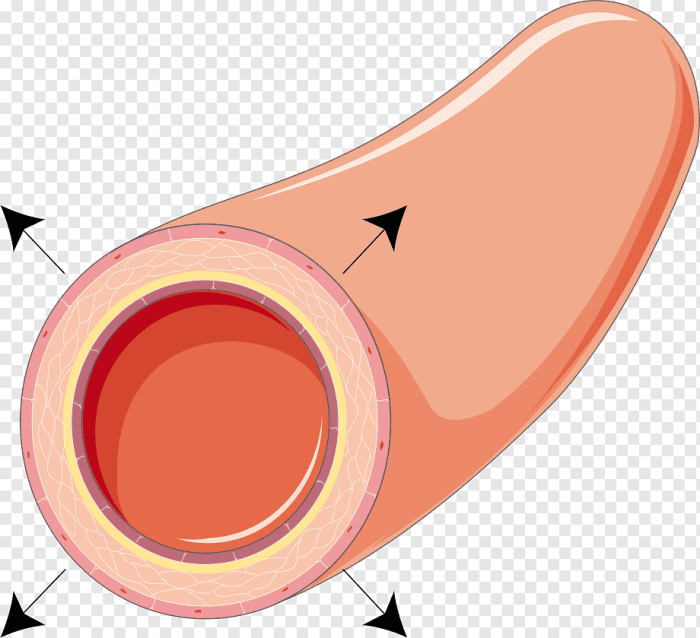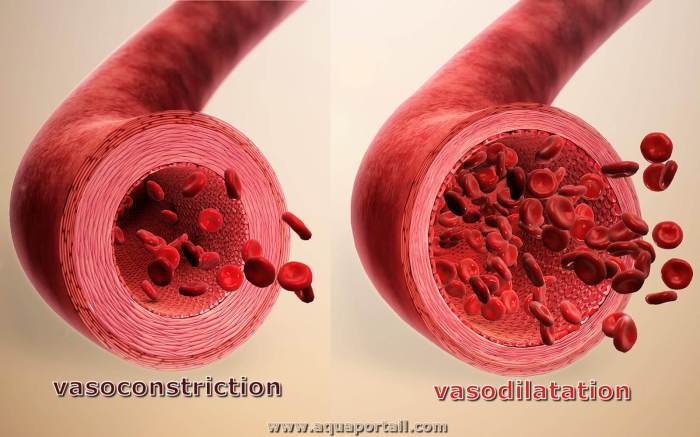All of the following are effects of kinins except bronchoconstriction. Kinins are a group of peptides that are involved in a variety of physiological processes, including vasodilation, increased vascular permeability, smooth muscle contraction, and pain and inflammation. However, bronchoconstriction is not an effect of kinins.
This is because kinins cause relaxation of airway smooth muscle, which leads to bronchodilation. This effect is mediated by the activation of the B2 bradykinin receptor, which is expressed on airway smooth muscle cells. Activation of this receptor leads to an increase in intracellular cyclic AMP (cAMP) levels, which in turn leads to relaxation of the smooth muscle cells.
Effects of Kinins: All Of The Following Are Effects Of Kinins Except

Kinins are a group of peptides that have a variety of biological effects, including vasodilation, increased vascular permeability, smooth muscle contraction, pain and inflammation, and bronchoconstriction.Kinins are produced in response to various stimuli, including tissue injury, inflammation, and allergic reactions.
They are released from a variety of cells, including mast cells, macrophages, and endothelial cells.
Vasodilation
Kinins cause vasodilation by activating the B2 bradykinin receptor on endothelial cells. This leads to the production of nitric oxide (NO), which is a potent vasodilator. Vasodilation caused by kinins is beneficial in conditions such as sepsis and hypotension.
Increased Vascular Permeability
Kinins also increase vascular permeability by activating the B2 bradykinin receptor on endothelial cells. This leads to the contraction of endothelial cells and the formation of gaps between them. Increased vascular permeability allows fluid and proteins to leak out of the blood vessels into the surrounding tissues.
This can lead to edema and hypotension.
Smooth Muscle Contraction
Kinins can cause smooth muscle contraction by activating the B1 bradykinin receptor on smooth muscle cells. This leads to the release of calcium ions from intracellular stores and the activation of myosin light chain kinase. Myosin light chain kinase phosphorylates myosin light chain, which allows myosin to interact with actin and cause muscle contraction.
Kinin-induced smooth muscle contraction is observed in the gastrointestinal tract, uterus, and airways.
Pain and Inflammation, All of the following are effects of kinins except
Kinins are potent mediators of pain and inflammation. They activate the B2 bradykinin receptor on nociceptors, which are sensory neurons that respond to painful stimuli. This leads to the release of substance P, which is a neurotransmitter that causes pain.
Kinins also increase vascular permeability, which allows inflammatory cells to infiltrate the affected tissues.
Bronchoconstriction
Bronchoconstriction is not an effect of kinins. In fact, kinins have been shown to cause bronchodilation in some animal models. This effect is thought to be mediated by the B2 bradykinin receptor.
FAQ Summary
What are kinins?
Kinins are a group of peptides that are involved in a variety of physiological processes, including vasodilation, increased vascular permeability, smooth muscle contraction, and pain and inflammation.
What is the difference between kinins and bradykinin?
Kinins are a group of peptides that includes bradykinin. Bradykinin is the most well-known kinin, and it is responsible for many of the effects of kinins.
What are the effects of kinins?
Kinins have a variety of effects, including vasodilation, increased vascular permeability, smooth muscle contraction, and pain and inflammation.
Why is bronchoconstriction not an effect of kinins?
Bronchoconstriction is not an effect of kinins because kinins cause relaxation of airway smooth muscle, which leads to bronchodilation.

